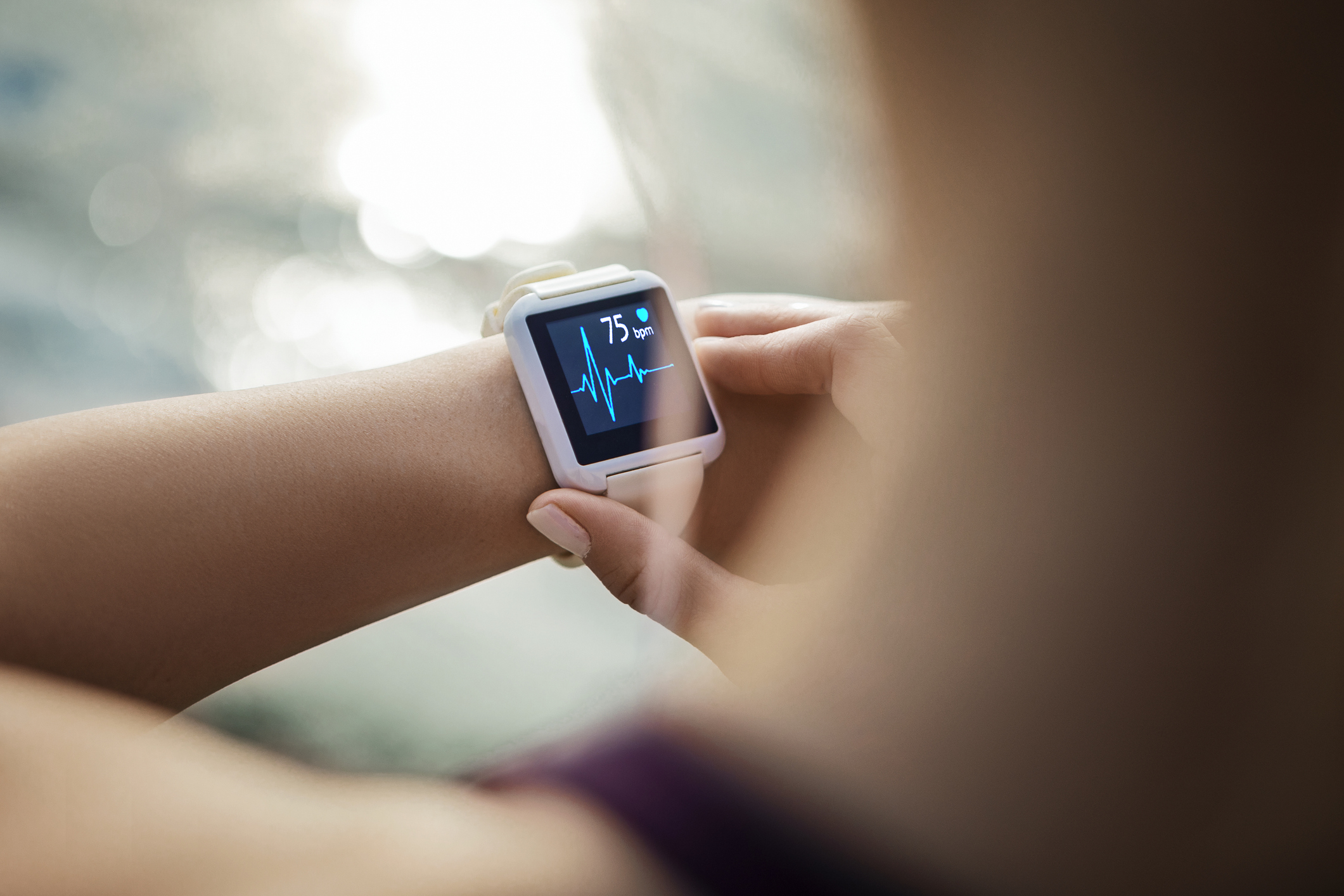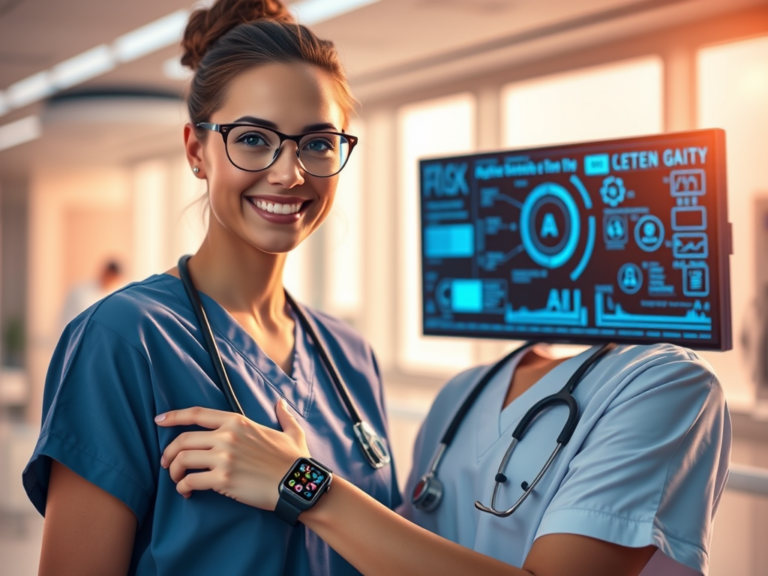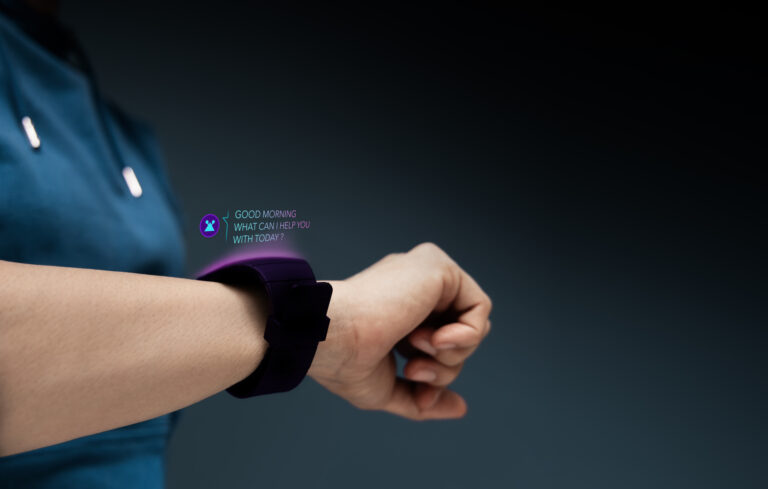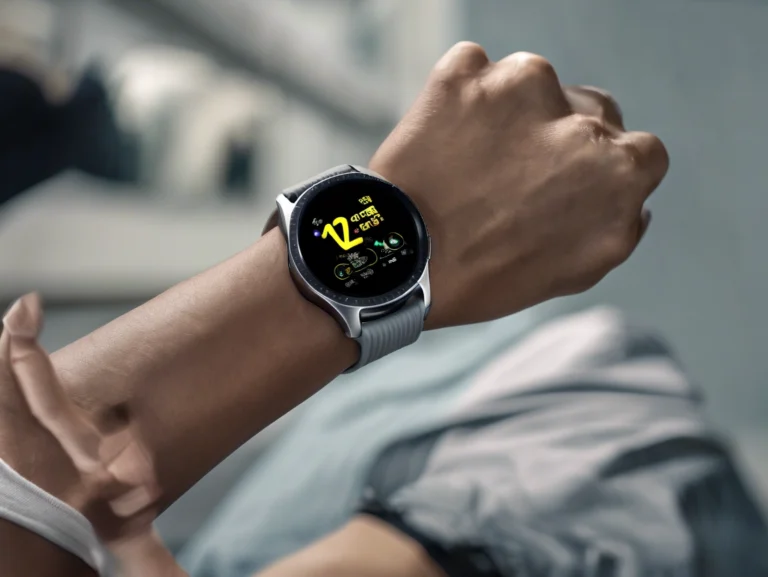
A Nurse’s Best Friend: How Wearable Tech is Transforming the Shift
Wearable technology is transforming the nursing profession, making shifts more efficient, improving communication, and supporting health tracking. From smartwatches to hands-free communication devices, discover how these tools help nurses stay on top of patient care while managing their own well-being.
A Nurse’s Perspective on the Power of Wearable Tech.

I remember my first overnight shift at the ward as if it were yesterday. My feet hurt, my brain was foggy by 3 a.m., and no matter how many sticky notes I wrote, I kept feeling like I was forgetting something. The patient alarms were constant, my pager was buzzing, and I had no time to check my phone for updates from my colleagues. It was exhausting.
Fast-forward to today, and let me tell you—things have changed. Nurses now have a secret weapon: wearable technology. These little gadgets are the unsung heroes of modern healthcare, and they’ve revolutionized how we work.
Let me take you through a night in my life and show you exactly how these devices help me survive and thrive in the chaos of a 10-hour night shift.
06:45 PM – Clocking In, But Make It Smart
I swipe my badge at the hospital entrance, but instead of fumbling with a traditional clock-in system, my smartwatch vibrates—reminding me of my shift start time. With a simple tap on my Apple Watch Series 9, I’m clocked in and ready to go.
I take a deep breath, glancing at my step count from the previous shift (12,000 steps!) and mentally prepare myself for another busy night. My smartwatch also gives me a hydration reminder—because let’s be honest, nurses are notorious for forgetting to drink water.
07:30 PM – Hands-Free Calls and Controlled Chaos
The unit is buzzing. We’ve got post-op patients, a few telemetry cases, and one new admission from the ER. I slip on my Shokz OpenRun Pro bone conduction headset, and suddenly, everything feels a bit more manageable.
Why? Because this thing is a lifesaver. I can take calls from my charge nurse without missing a beat, and my ears stay open, so I can still hear patient alarms and monitor chatter around me. No more scrambling for my phone or trying to hear a call over the beeping machines.
A call comes in:
Charge Nurse: “Sarah, can you check on Room 304? The patient’s O2 sat just dropped.”
Me: “On it.”
No reaching into my pocket. No unnecessary delays. I’m already on my way.
9:00 PM – Smart Rings and Silent Monitoring
My patient in 304 is stable, but I can feel the exhaustion creeping in. That’s where my secret weapon comes in—the Oura Ring Gen 3.
It’s just a ring, right? Wrong.
This tiny, sleek device constantly tracks my heart rate, stress levels, and sleep quality (or lack thereof). A quick glance at my phone shows my “Readiness Score” is lower than usual, meaning my body is feeling the strain of back-to-back shifts. It’s a gentle reminder to pace myself, breathe deeply, and take a break when possible.
That’s the thing about being a nurse—we care for everyone else but often forget to check in on ourselves.
11:30 PM – Fitness Tracker Reality Check
It’s a slow moment (a rare blessing), so I peek at my Fitbit Charge 6.
- Steps: 8,500
- Active Zone Minutes: 62
- Heart Rate: Slightly elevated (stress + caffeine = no surprise)
I laugh. It’s wild how much ground we cover during a shift. My Fitbit nudges me to take a moment for deep breathing, and I follow along. Just a minute of intentional breathwork helps lower my heart rate and reset my focus.
One of my coworkers sees me doing this and smirks.
“Mindfulness on the job?” she jokes.
“Hey, my wearable told me to do it. Blame the tech,” I reply with a grin.
1:15 AM – The Smart Badge Saves the Night
Suddenly, Room 310’s monitor starts blaring. My patient is in distress. I don’t have time to run to the nurses’ station—I need help NOW.
I double-tap my Vocera Smartbadge, and I’m connected to my charge nurse within seconds.
“I need a rapid response team in 310.”
Help is on the way. No wasted time looking for a phone, no frantic searching for someone to page.
This little badge is a game-changer. It’s like having a direct hotline to my team, and in critical moments, it can mean the difference between life and death.
3:30 AM – The Power of Wearable Data
The night shift exhaustion is hitting, and I glance at my Oura Ring data again. My heart rate is steady, but my body temperature is slightly elevated—probably from rushing between rooms all night.
A few years ago, I wouldn’t have even noticed these signs. With wearable tech, I now have real-time insights into my health, just like I do for my patients. It’s a strange but empowering feeling.
6:45 AM – Wrapping Up and Wind-Down Mode
As my shift comes to an end, my smartwatch gives me a summary of my night:
- 12,300 steps walked
- 4 critical alerts responded to
- 3 hydration reminders (I listened to two of them!)
- 1 mindfulness session completed
I clock out just as the sun rises, exhausted but grateful. My wearables have been my silent partners throughout the shift, helping me stay efficient, responsive, and aware of my health.
I send a quick text to my nurse friend who’s just starting her shift:
“Wear your smartwatch. It’s gonna be a long one.”
She replies with a laughing emoji. She knows.
The Future of Nursing is Wearable
I would’ve laughed if you told me years ago that I’d rely on technology strapped to my wrist, in my ears, and even on my finger to get through a shift. But now? I can’t imagine nursing without it.
Wearable tech isn’t just about convenience—it’s about efficiency, safety, and well-being. These devices help us respond faster, monitor our health, and even remind us to take care of ourselves in a job that demands everything from us.
For any nurse, tech enthusiast, or healthcare startup looking to make a difference, this is where the future is headed: smarter, faster, and more connected than ever before.
So, to all my fellow nurses out there: If you haven’t tried wearable tech yet, trust me—you’ll wonder how you ever did this job without it.




